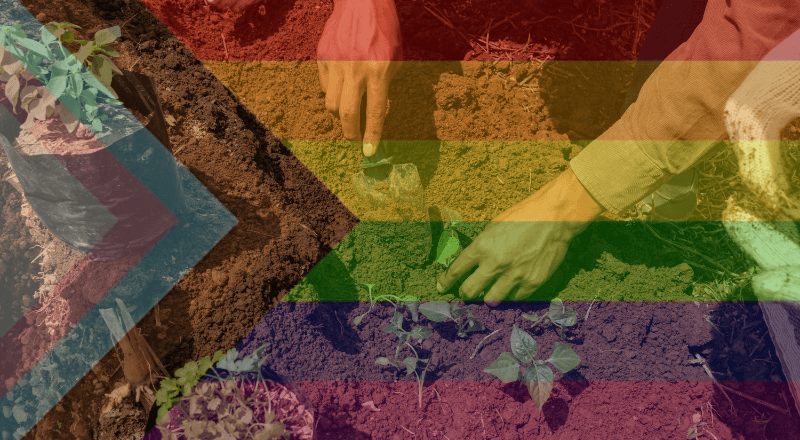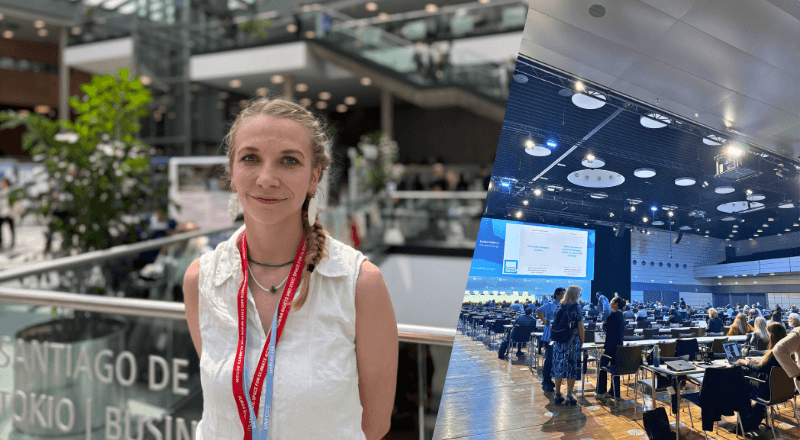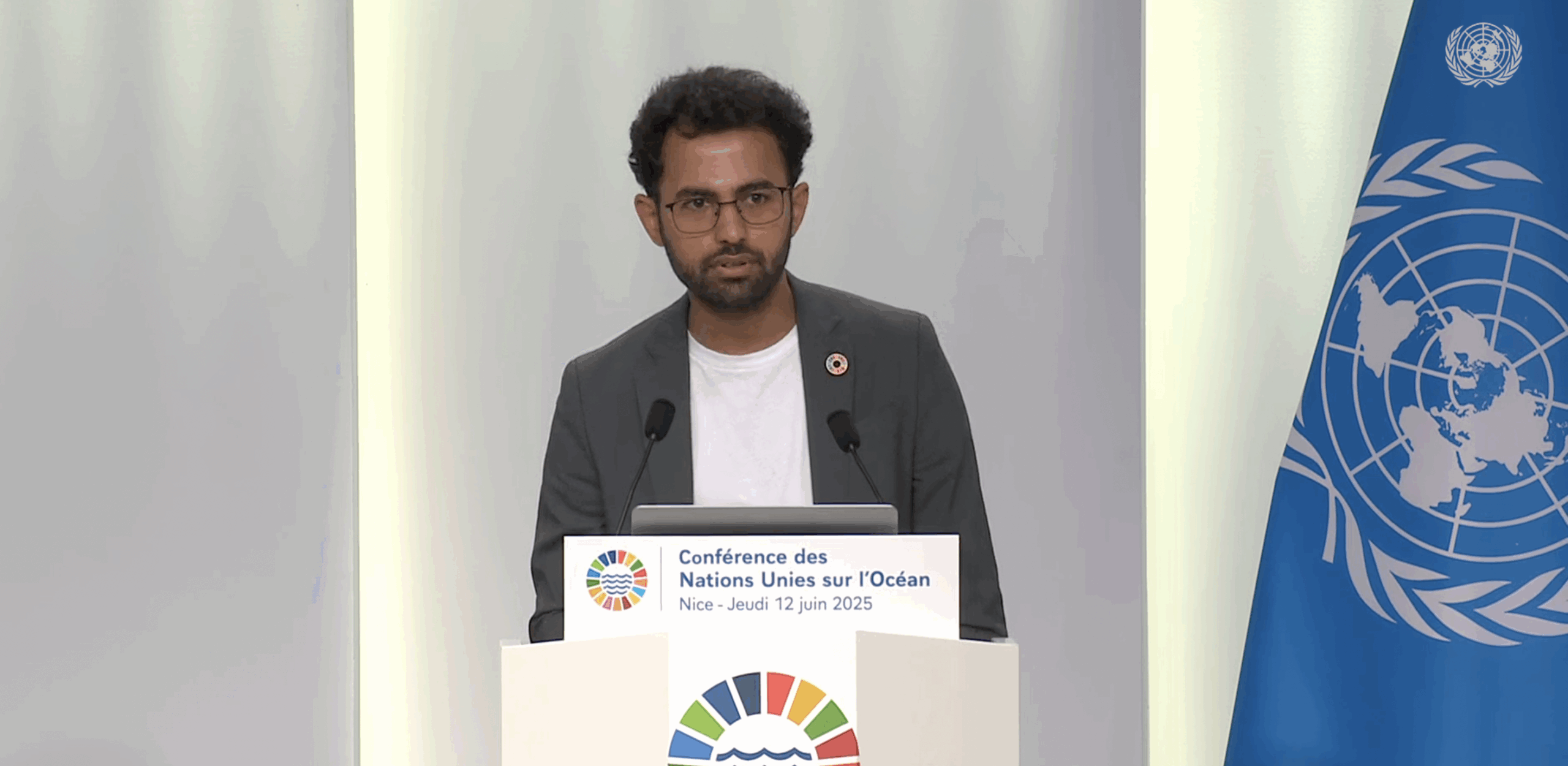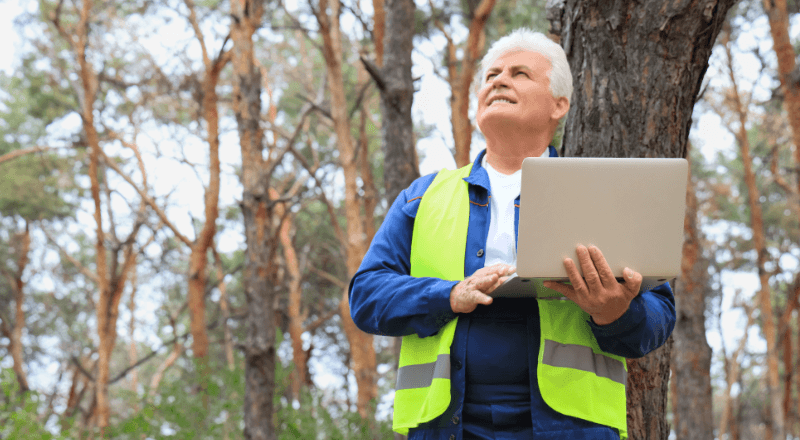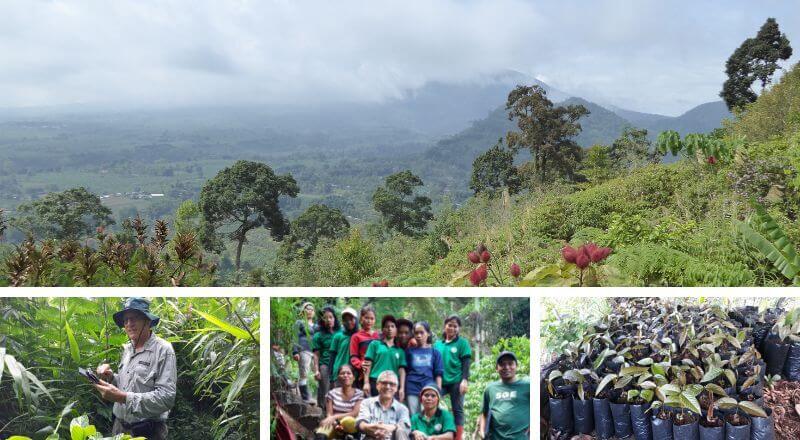
One of the most striking things among all the projects interviewed in the past months on this blog is beyond the passion and dedication driving the work, there is a clear and sometimes sophisticated expertise/knowledge often indigenous that drives the restoration. It is no different here as we talked to Günter Max Mühlbauer, a landscape ecologist who worked in various environmental agencies in the field of conservation of nature and landscape planning in Germany and while abroad, worked with German Development Service (DED) now GIZ (German Agency for International Development) in various countries.
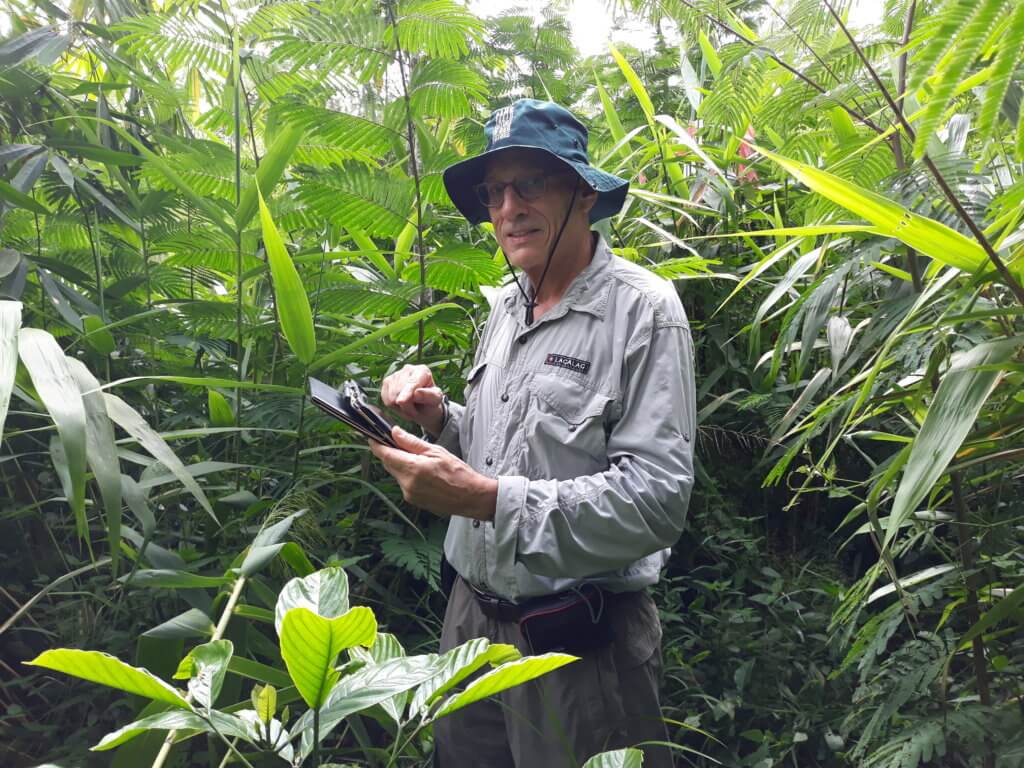
Günter is now voluntarily working with Senior Expert Service (SES) in the Philippines to restore and conserve rainforests through the collaboration of indigenous people/farmers and community members. Rainforests are often referred to as the oldest known ecosystem and the best forest carbon sink absorbing the most amount of carbon emissions. This makes the work of SES all the more important and Günter takes us through the various approaches.
Motivated by Nature Conservation
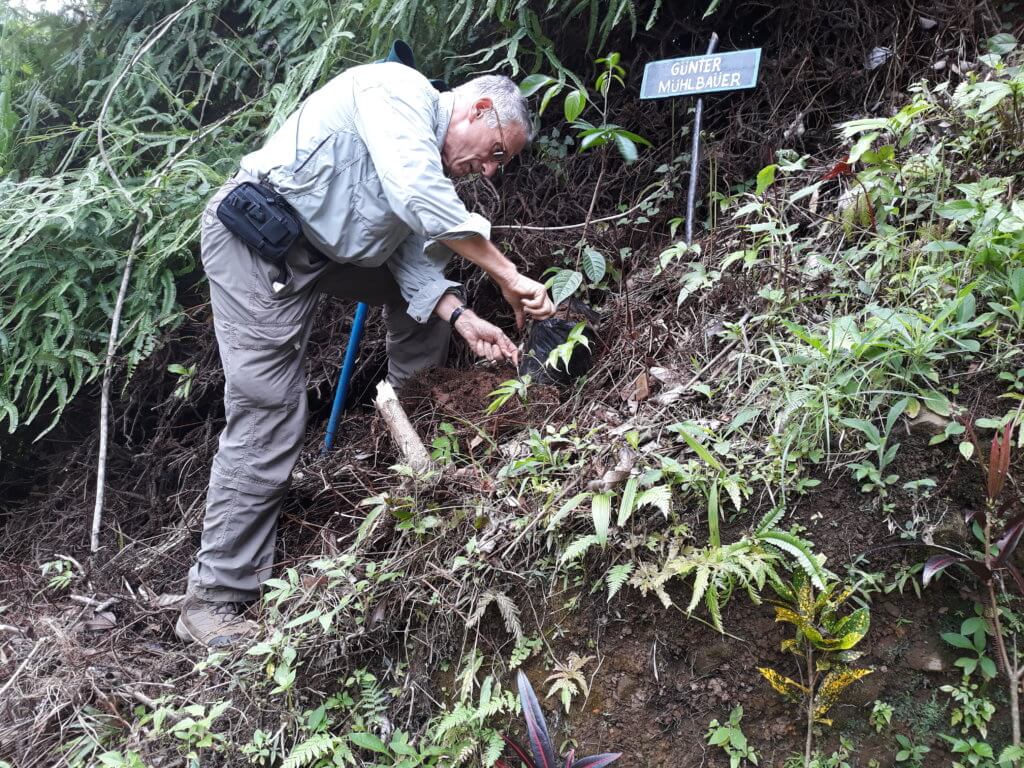
“My motivation has been to continue my work of conserving nature as a volunteer while bringing in my professional experience. I support the Filipino NGO EGIP Foundation which helps the indigenous community to improve their livelihood through agroforestry and conserving and restoring their ancestral rainforest. The farmers take care of the planted trees and the natural regeneration, as the rainforest has traditional importance for them and as they can profit from the non-timber forest and agroforestry products as well as from eco-tourism. From an environmental point of view, natural forests and agroforestry trees protect the soil against erosion on their rugged terrain, they are a carbon sink and they preserve biodiversity.
Empowering Indigenous Farmers; Ripple Effects Across Communities
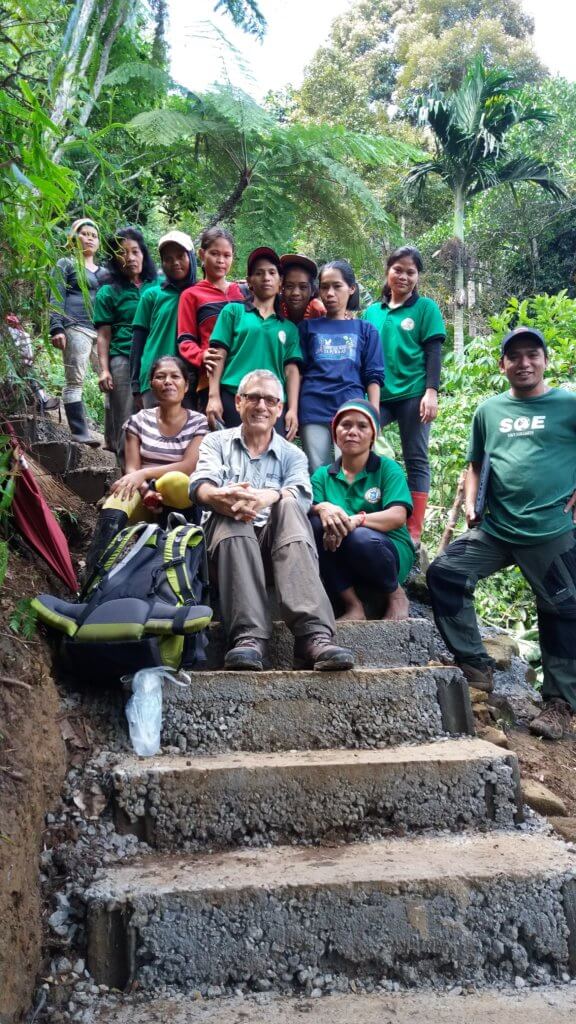
The combination of rainforest and extensively used orchards show high biodiversity, especially of birds, and also of endangered plants (e.g. Dipterocarpus trees) and animals (e.g. Philippine Eagle, Philippine deer, hornbills, parrots), while allowing the indigenous farmers to sustain and improve their livelihood through doubling their family income within the past 10 years. During that time, more than 22.000 forest trees and permanent cultures have been planted and more than 33 hectares of land were restored. Farmers are now raising their own forest tree seedlings and there are multiplication effects towards other communities, which have also started to plant trees with the support of the project. However, illegal logging and land occupation still take place in the area. That’s why some farmers were trained as forest guards, which do regular patrolling in the forest while monitoring biodiversity. And of course, there is still a lack of funds to sustainably finance all those activities.
Discovering Plant-for-the-Planet
A friend of mine with connections to the Plant-for-the-Planet team drew my attention to this platform. So, we made our project public on the Plant-for-the-Planet Platform and gave it the name CLIP-Phi (Climate Protection through Indigenous Peoples in the Philippines). The Plant-for-the-Planet Platform is worldwide active. Thus, you can get in contact with other projects and profit from their experiences. You can also attract donors from other countries.
Your Donation Does Much More than Planting
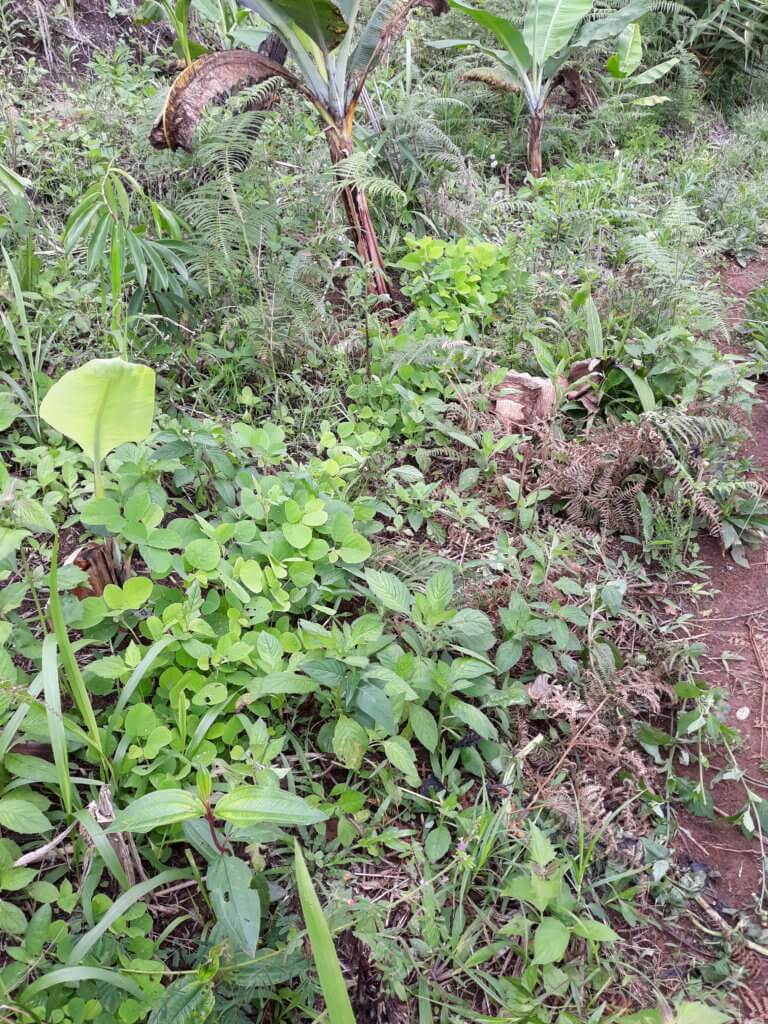
The donations of 6 € per tree are transferred to the NGO project account. Around half of it is used for planting (buying seedlings or paying the farmers for their own seedlings, transport, land preparation including setting up of local nurseries, establishing of hedgerows, e.g. madre de cacao cuttings, as living fence and planting of the seedlings); the other half of the donation is used for a 3 year-maintenance to pay the responsible indigenous farmers for maintaining the seedlings or replace the dead ones and for annual monitoring and documentation.
Engaging the Community; Creating Active Citizens

After community consultations, which are done by the NGO staff and already experienced tribal farmers, the community and the council of elders decide whether they will join the reforestation program and which species they want to plant. If they agree, farmers (men and women) take over responsibility for certain amounts of plants on their respective plots. Land preparation, planting and maintenance are done by the farmers on their own, sometimes supported by local schools, which is used to sensibilize the students towards conservation of nature. The NGO and experienced farmers of the same tribe support and supervise the activities.
Planting Native Species
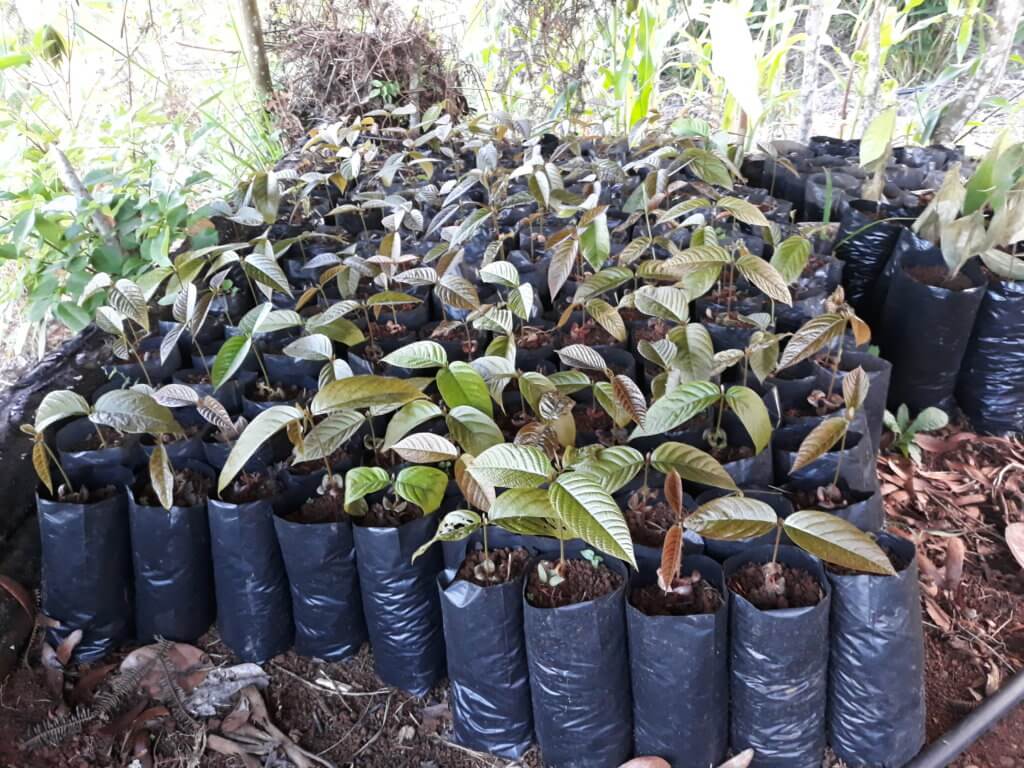
The forest tree species are selected from those species, which naturally grow in the area. Some of them can be used by the farmers without damaging the plants (non-timber forest products, like fruits and berries, resin, Rattan). There are still remnants of the original mountain rainforest in the region, where our indigenous farmers collect seeds and wildlings and raise them on their own or in the project nursery. The selected fruit tree species are mainly purchased in local nurseries and are already traditionally grown in the area, so that the farmers know how to handle them.
Supporting Projects Worldwide on the Plant-for-the-Planet Platform
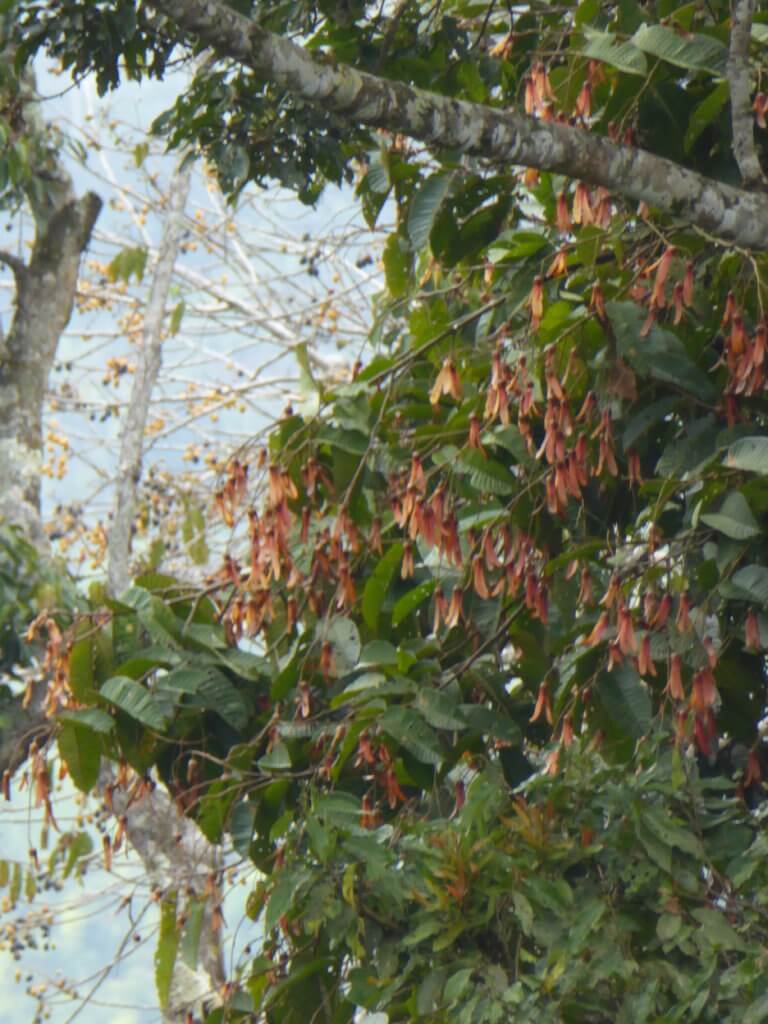
In my opinion, the Plant-for-the-Planet Platform has a positive effect on the conservation and restoration of nature to fight climate change. It is worldwide represented, as climate change and the destruction of forests concern everybody. Therefore, any donation to any of the represented projects on the platform is badly needed. That’s why it’s a good idea that all of the listed projects can present themselves on the platform in an equal manner, no matter whether they have already planted many trees or only a handful of trees up to now.
Hang in there…
Don’t give up your endeavors to plant trees, although it might be discouraging that several times more trees are logged than planted at the same time. The more you make a big movement of people out of planting and conserving our environment, the more likely the logging will be reduced too.”
Visit CLIP-Phi to learn more.
